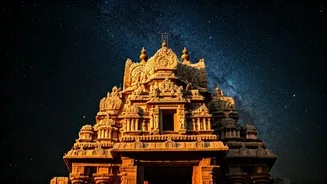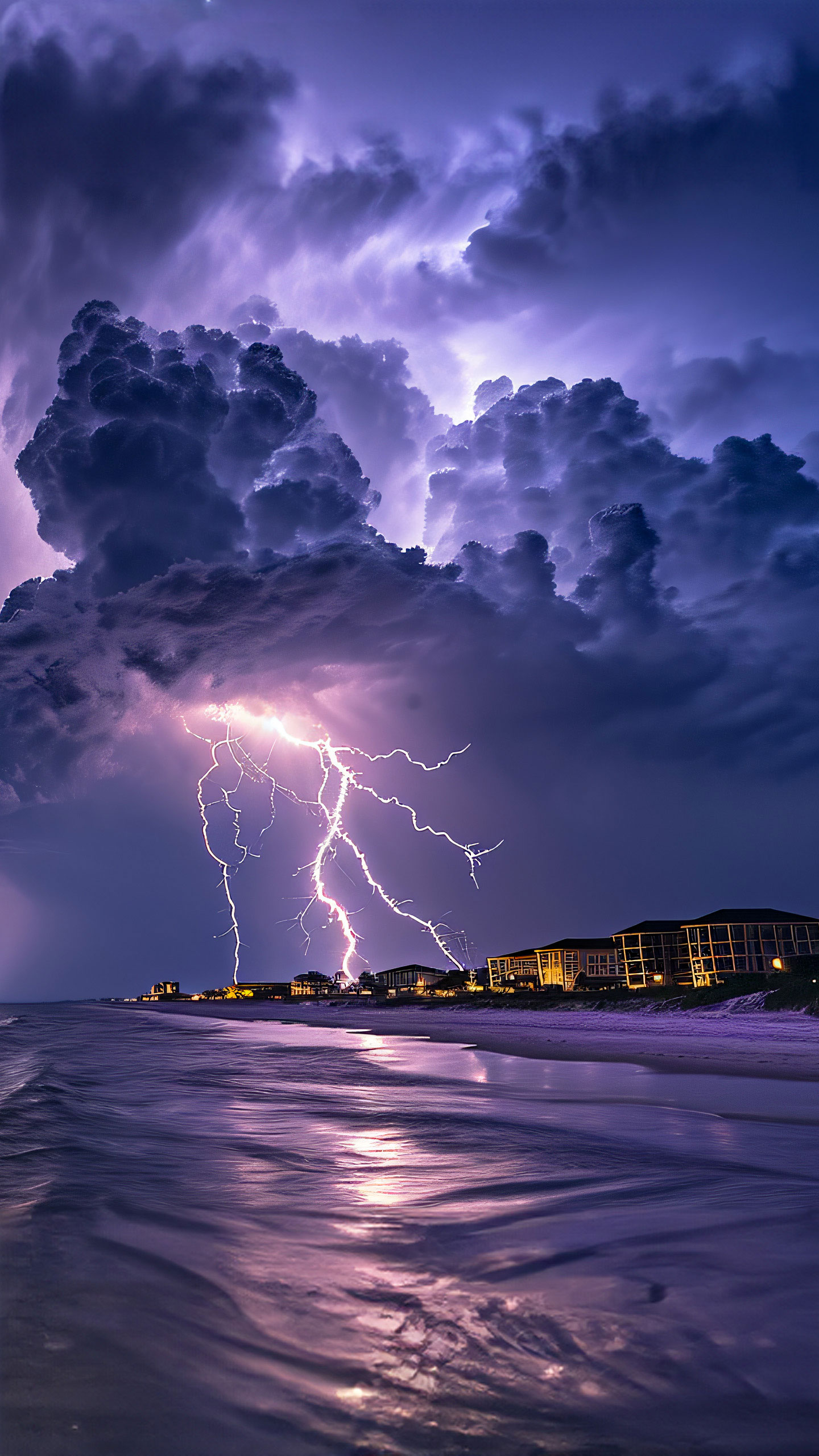Introduction to Rahu Ketu
Rahu and Ketu, often described as the shadow planets, play a pivotal role in Hindu astrology. Unlike the visible planets, they represent the points of intersection
of the paths of the Sun and the Moon. Rahu is associated with the north node, symbolizing desires and worldly ambitions, while Ketu, the south node, signifies spirituality, detachment, and past life karmas. These nodes significantly influence an individual's life, affecting career, relationships, and overall well-being. Understanding their impact is crucial for many, and visiting temples dedicated to these celestial bodies is considered a way to seek blessings and balance their energies. Several temples in India are dedicated to these planets, each with its unique significance and rituals.
Tirunageswaram Temple
The Sri Naganathaswamy Temple, located in Tirunageswaram, Tamil Nadu, is a significant temple for Rahu worship. The primary deity is Naganatha Swamy, and the temple is particularly renowned for its Rahu shrine. Here, during the Rahu Kalam (inauspicious time), special poojas are performed to appease Rahu. One of the unique aspects of this temple is that when milk is poured over the idol of Rahu, it turns blue. This is a visual representation of Rahu's association with darkness and illusion. The temple is visited by many devotees to mitigate Rahu doshas (afflictions) in their horoscopes, seeking relief from challenges caused by Rahu's influence.
Kalahasti Temple
The Srikalahasti Temple, situated in Andhra Pradesh, is a famous pilgrimage site dedicated to Lord Shiva, but it also has a strong connection with Rahu and Ketu. It's often referred to as the 'Rahu Ketu Kshetra.' Here, Rahu and Ketu are worshipped together. The temple is known for performing the Rahu Ketu Sarpa Dosha puja, a ritual designed to alleviate the negative effects of the Rahu and Ketu planetary positions in a person's birth chart. The temple is located near a river and offers a serene environment for devotees seeking spiritual solace and relief from karmic influences.
Keezhaperumpallam Temple
The Naganatha Swamy Temple in Keezhaperumpallam, also in Tamil Nadu, is particularly dedicated to Ketu. This temple is considered one of the Navagraha temples and is revered for Ketu's presence. Devotees visit here to seek Ketu's blessings and to lessen the effects of Ketu-related doshas. The main deity, Naganatha Swamy, is flanked by his consort. The temple is known for its serene atmosphere and is believed to bring peace and spiritual growth to those who worship here. Prayers and special pujas are offered to Ketu to enhance wisdom, detachment, and spiritual inclinations.
Tirunallar Temple
The Sri Darbharanyeswarar Temple in Tirunallar, Tamil Nadu, is another important temple associated with Saturn (Shani), but it also holds significance for Rahu and Ketu. Devotees visit this temple to seek relief from the adverse effects of Shani, Rahu, and Ketu. The temple is located on an island, and the deity is Lord Shiva. The temple tank is believed to wash away sins, and devotees perform rituals here to alleviate suffering and seek blessings. The combined worship of these planetary influences offers a holistic approach to address life's challenges.
Other Significant Temples
Besides the temples mentioned, several other sites in India are dedicated to Rahu and Ketu. These temples often perform rituals and offer special poojas to mitigate the negative influences of these planets. For instance, the Kasi Vishwanath Temple in Varanasi and the Trimbakeshwar Temple in Maharashtra are also recognized for their significance in Rahu and Ketu worship. These temples provide opportunities for devotees to perform rituals and seek guidance to enhance their lives. Visiting these sites can provide spiritual solace and a deeper understanding of the influences of Rahu and Ketu in one's life. Such visits can be a path towards peace and spiritual growth.


















